What type of engine is used in NASCAR?
Ever since the late 1950s V8 engines have become the standard and most prevalent choice for NASCAR cars.

Charlotte ROVAL Road Course Race (Credits: NASCAR.com)
🔍 Explore this post with:
Engines have been the lifeblood of NASCAR since its inception, powering the sport’s heart-pounding excitement. These strong engines have been critical in differentiating the champions from the competitors.
These power units have evolved significantly since the days of modified stock engines to become what they are today. Dive into the world of NASCAR engines, tracking their growth and appreciating their importance. Discover the engines that power these modified “stock cars” made of steel.
Discover: What is the difference between Formula 1 and NASCAR?
How did the NASCAR engines evolve?
NASCAR engines have undergone remarkable transformations, reflecting technological advancements, safety considerations, and the relentless pursuit of enhanced performance. During the early years of NASCAR (1949-1960s), engines were sourced from production vehicles but heavily modified for racing purposes. These formidable powerplants featured V8 configurations with displacements ranging from 283 to 427 cubic inches, churning out an impressive 400-500 horsepower.
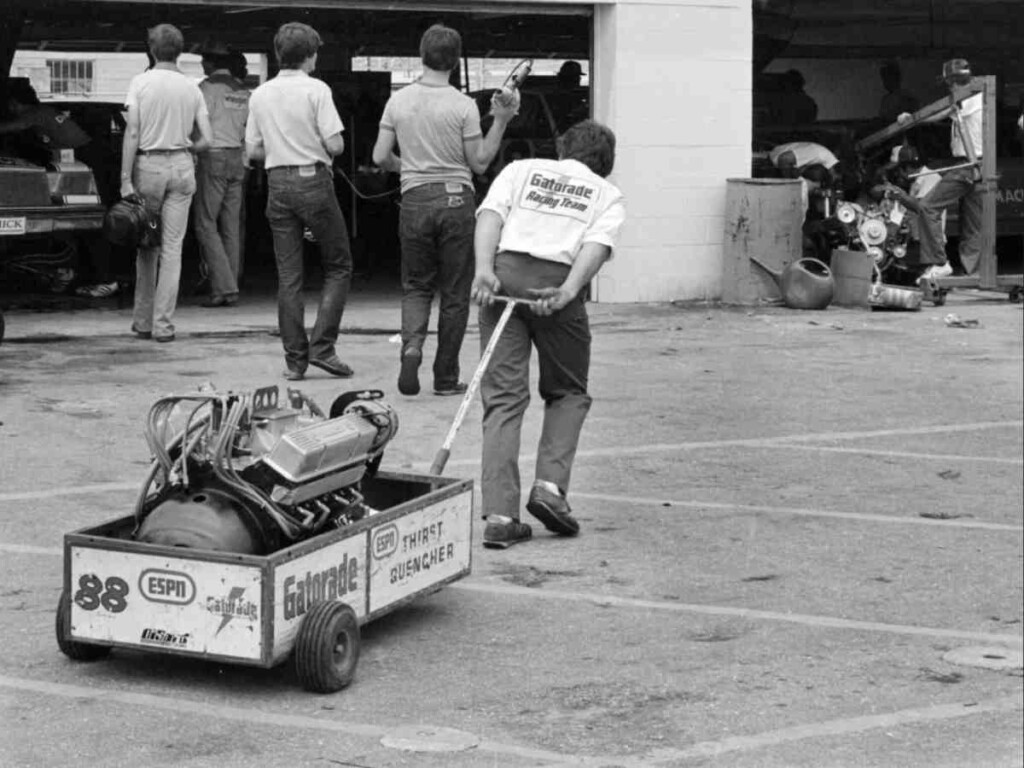
NASCAR made a strategic adjustment in the 1970s, adopting smaller V8 engines with a displacement of 358 cubic inches. This move was intended to increase competition and reduce costs without losing performance. Carburetors remained dominant, providing steady power outputs. Then came the revolutionary restrictor plates in the 1970s and 1980s to level the playing field and improve safety. These plates successfully controlled air and fuel intake, lowering horsepower for fair competition. The maximum displacement permissible for engines with restrictor plates was 358 cubic inches.
Entering the modern era of NASCAR (1990s-present), significant advancements transformed the sport. Fuel injection systems replaced carburetors, enhancing efficiency and engine performance. Technological progress and utilizing cutting-edge materials resulted in increased power outputs and improved reliability. Specialized racing engines, specifically designed for NASCAR, now feature V8 configurations capable of producing over 800 horsepower.
What are the milestones NASCAR has witnessed with the engines?
NASCAR has witnessed significant milestones in engine development, reflecting the sport’s commitment to innovation and performance. The introduction of overhead valve (OHV) V8 engines in the mid-1950s revolutionized NASCAR, delivering increased power, efficiency, and reliability.
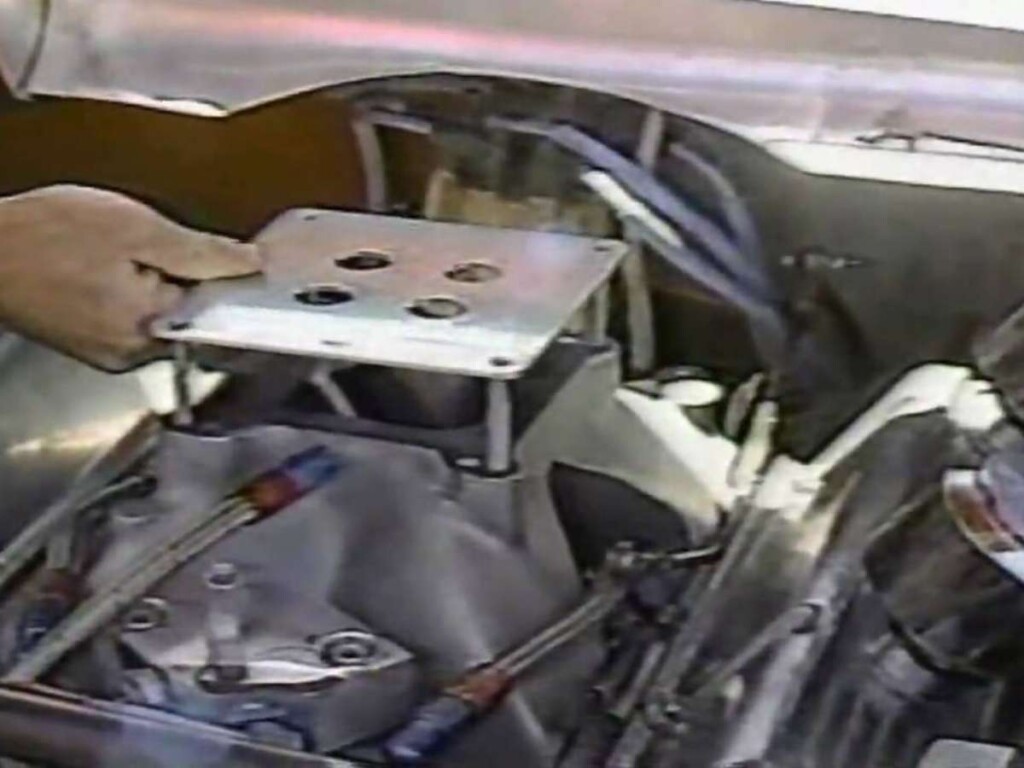
Transitioning from carburetors to fuel injection in 2012 marked a major milestone, aligning NASCAR engines with modern automotive advancements. Fuel injection technology improved fuel efficiency, throttle response, and engine performance.
They implemented restrictor plates in the 1980s altered engine dynamics, emphasizing aerodynamics and drafting on high-speed superspeedway tracks, creating thrilling racing spectacles. In 2013, NASCAR introduced the Generation-6 car with significant engine changes. Fuel injection systems and electronic control units (ECUs) became standard, enhancing engine performance, drivability, and efficiency.
What are the current NASCAR engine specifications?
The latest NASCAR car engine generation has a 90° pushrod V8 layout designed for high-performance racing. These engines power various circuits, including restrictor-plate races, road courses, short tracks, and intermediate ovals. The engines in restrictor-plate races produce roughly 510 horsepower, allowing for close-pack racing and heated competitiveness. Power output climbs to roughly 670 horsepower on other circuits, such as road courses and ovals, offering exhilarating speeds and clever handling.
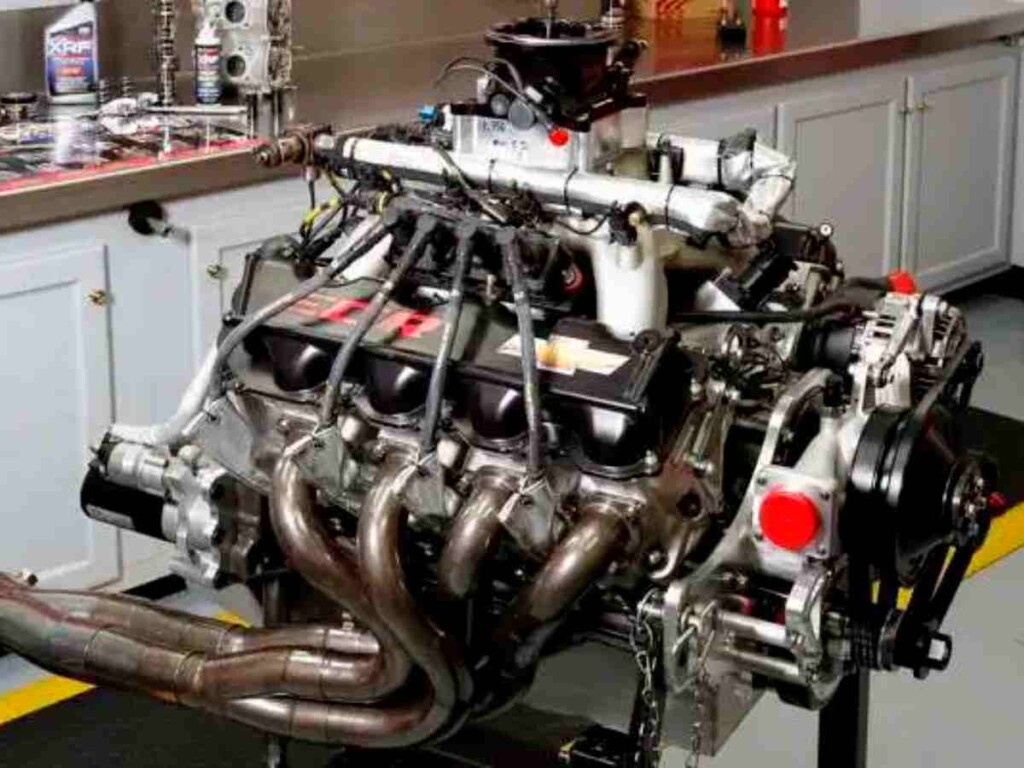
These engines have displacements ranging from 231 to 440 cubic inches (3.8 to 7.2 litres) and are intended to maximize performance. The valvetrain has 16 to 32 valves, with two to four valves per cylinder and overhead valve (OHV) or dual overhead cam (DOHC) arrangements.
NASCAR engines employ either a carburetor or an electronic fuel injection system, utilizing gasoline as the fuel type. The engines feature a dry sump oil system, optimizing lubrication under high-performance conditions. Output-wise, NASCAR engines can generate power from 135 to 1,000 horsepower (101 to 746 kW), along with torque output ranging from 253 to 783 lb-ft (343 to 1,062 N⋅m). The dry weight of these engines is approximately 575 pounds (261 kilograms).
Who are the NASCAR engine manufacturers?
As of 2023, three teams are the source of engines up and down the grid. Ford, with a rich history dating back to the 1950s, has established itself as a force to be reckoned with in NASCAR. With over 700 Cup Series wins, Ford is one of the most successful engine manufacturers in NASCAR. Teams such as Roush Fenway Racing, Team Penske, Stewart-Haas Racing, and Front Row Motorsports rely on the power of Ford engines. Cale Yarborough, Ned Jarrett, and Joey Logano are some of the most accomplished Ford NASCAR drivers.
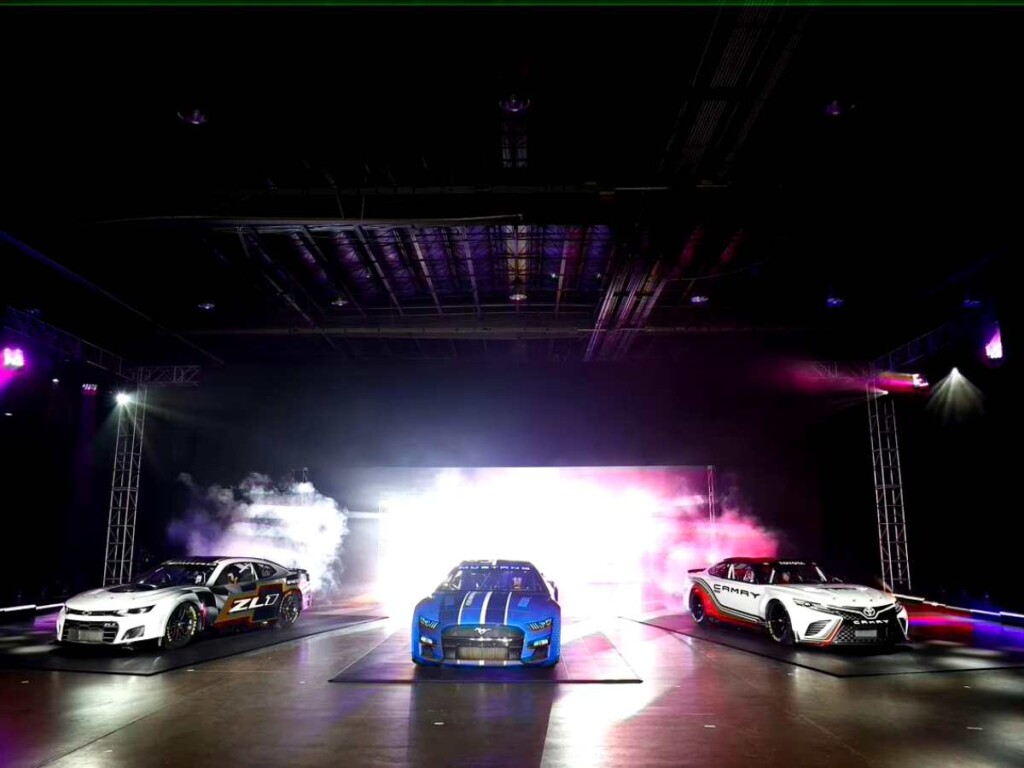
Chevrolet, another manufacturer with a long-standing presence in NASCAR since the 1950s, has a remarkable record of over 800 Cup Series wins. These American-based engines have propelled teams such as Hendrick Motorsports, Richard Childress Racing, Chip Ganassi Racing, and JTG Daugherty Racing to success. Jimmie Johnson, Richard Petty, Dale Earnhardt, and Jeff Gordan are some sports legends who drove for Chevy.
Toyota, relatively newer to NASCAR, entered the sport in 2004. Despite its shorter tenure, Toyota has already amassed over 150 Cup Series wins. The success of Toyota engines can be seen through celebrated drivers like Kyle Busch, Denny Hamlin, and Martin Truex Jr., who have clinched multiple championships. Teams such as Joe Gibbs Racing, 23XI Racing, and Gaunt Brothers Racing put their trust in Toyota engines.
The future of NASCAR engines
The future of NASCAR engines is set to witness significant advancements, focusing on electrification and technological innovations. NASCAR is actively exploring incorporating hybrid and electrification technologies into the sport, with ongoing discussions and a prominent emphasis on an electrified future.
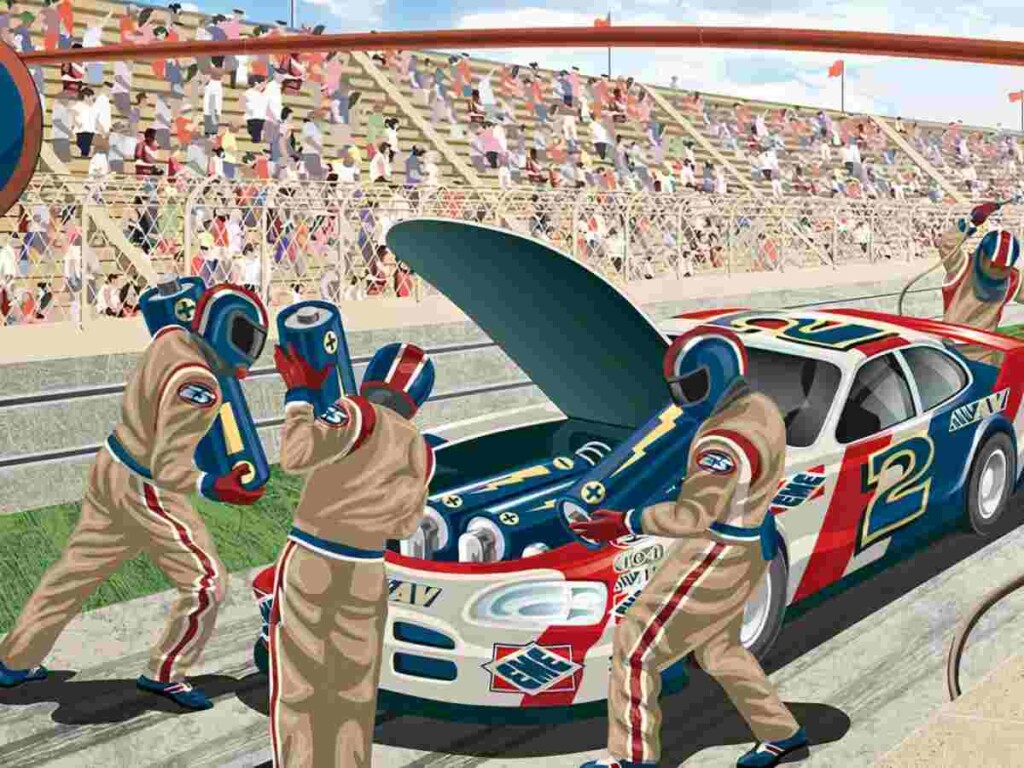
While no specific timetable has been set for changes to the engines used in the premier Cup Series, NASCAR remains committed to evolving discussions and staying at the forefront of technological progress. Over the years, NASCAR engines have showcased groundbreaking advancements, with V8 engines advancing technological sophistication. Incorporating fuel injection, lightweight materials, and advanced design features, these engines have consistently improved performance, reliability, and fuel efficiency.
In line with enhancing sustainability and reducing environmental impact, NASCAR has announced plans to introduce hybrid engines by 2024. Introducing hybrid powertrains aims to optimize fuel efficiency while providing an additional power boost during races. Excitingly, the testing of hybrid powertrains is scheduled at the prestigious 2023 24 Heures du Mans, marking a significant step forward for NASCAR.
In case you missed it:







